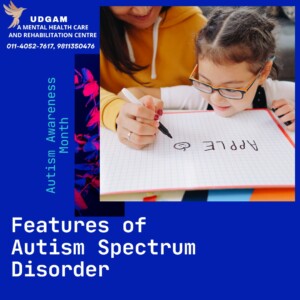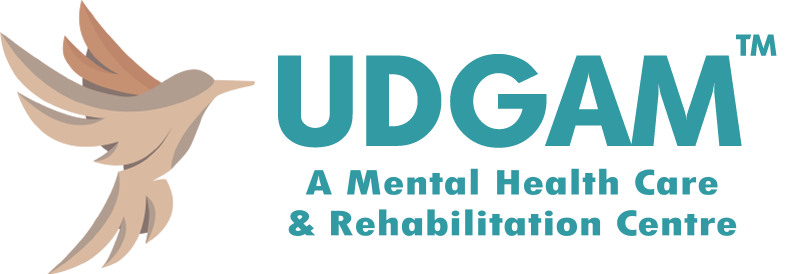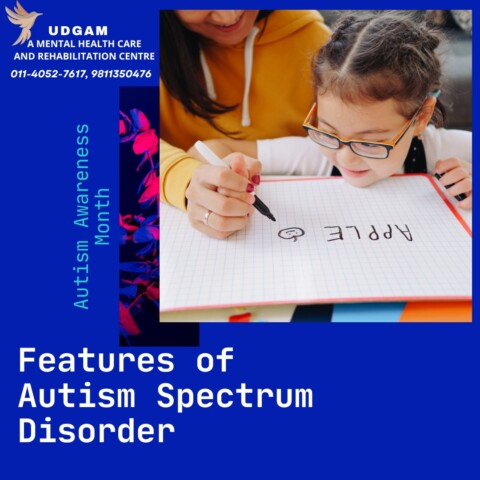Features of ASD
Autism Spectrum disorder is a neurodevelopmental disorder that affects communication, and social relationships. There is also a tendency to repeat movements, behaviour, and gestures. It is termed a spectrum because it has a different range of severity of dysfunctionality. (Asperger’s syndrome, childhood disintegrative disorder, and an unspecified form of pervasive developmental disorder.) The symptoms can appear before one year of age but are usually diagnosed around the age of 3. Initial indicators can be a lack of response to one’s name and distress with keeping eye contact.
Signs of Sensory Overload
It is hard to understand many times, at what threshold your child feels overwhelmed, but if you keep track of their responses to various stimuli. Over time it will become easier to predict their reactions. While an oncoming sensory attack is not easy to avoid initially, parents can learn to manage overloads in a way, which allows children to safely avoid hurting themselves or others. Some signs of an oncoming overload are when movements like
- Jumping,
- Spinning hand flapping,
- Making repetitive noises
- Rocking back and forth increase
- A child starts to talk louder, or not at all
- Try to cover your eyes or ears to block out lights or Sounds
- Sucking thumb or cloth
- Zoning out
- Becoming extremely agitated.
To learn more about ASD here are some features that should be highlighted
 Repetitive Behaviours
Repetitive Behaviours
The stereotype and perseveration of behaviours are symptoms of many neurological conditions. The former refers to the repetition of an action or gesture while the latter refers to the repetition of words or sentences that have been spoken before. For example
- Lining up toys
- Flipping things
- Echolalia
- Preoccupation/Strong attachment
- Unusual phrases
- Extreme distress/excitement
- The need for familiarity/similarity
- Running in circles
- Twisting spinning objects
Hypersensitivity and Hyposensitivity
Most individuals with ASD show Hypersensitivity to their surroundings or hyposensitivity.
- Hyposensitivity also referred to as under sensitivity is when an individual's threshold to feel their environment is very high, and therefore most stimuli will go unrecognised. So such people choose louder, brighter, rougher stimuli to feel the sensation.
- Hypersensitivity is the opposite, where the threshold of feeling a stimulus is too low, which implies that even the smallest of stimuli can be overwhelming. These people tend to avoid the loud stimulus and seek out sensation avoidance, to calm themselves down.
Many Individuals with ASD have a combination of both. We encourage parents to make a note of these sensory requirements and help kids manage them.
Stimming
Stimming is a self-stimulating behaviour, seen in people with ASD, it is indicated by a repetitive movement or noise that people make to soothe themselves or express/manage overwhelming feelings. Some examples of stimming are
- Finger-flicking and hand-flapping
- Sucking fingers, chewing on objects
- Running in circles
- Rocking movement
- Spinning objects
Stimming is important. It helps individuals manage/reduce sensory overload, as it directs their attention to a single aspect and works well to engage underactive senses.
The process of stimming varies a lot among individuals. For some, it can be more frequent and intense than others.
Echolalia
The Eco Phenomenon refers to behaviours which are pervasive, require no effort, are automatic and not in control of the individual.
- Echolalia is the most common example, which refers to the repetition of utterances made by others.
- Echopraxia is the repetition of movements
- Echomimia is the involuntary copying of facial expressions/ actions
- Palilia is the involuntary repetition of words uttered by the self.
Recent research indicates that echolalia is a coping tool for individuals with ASD to express themselves when they cannot deliver spontaneous communication.
How is ASD diagnosed?
While most individuals find Google to be helpful in understanding a topic, let us tell you that online searches many times skip information that seems boring but is very important. So we recommend that you let professionals handle your diagnosis. ASD is diagnosed using
- Clinical interview
- Objective psychometric tools
- Subjective observation
In the case of children, the responses of parents/caregivers matter a lot. A Valid statement supported by evidence is a good observation tool. Things that you should know, before you visit a professional are that
ASD is not diagnosed before the age of 3. It can be said that the child is at risk of ASD, but the official diagnosis is done after the age of 3. While receiving treatment there will be many ups and downs in a child’s progress. Patience and persistence is the key to moving through these times. At Udgam we advise parents/caregivers to have a session with a therapist to help manage their own fears/frustrations as well. Meanwhile, family counselling is also an essential part of the treatment.
Stay tuned for information on ASD and other mental health disorders.
[ratings]
Anuja Sathe
Counselling Psychologist




